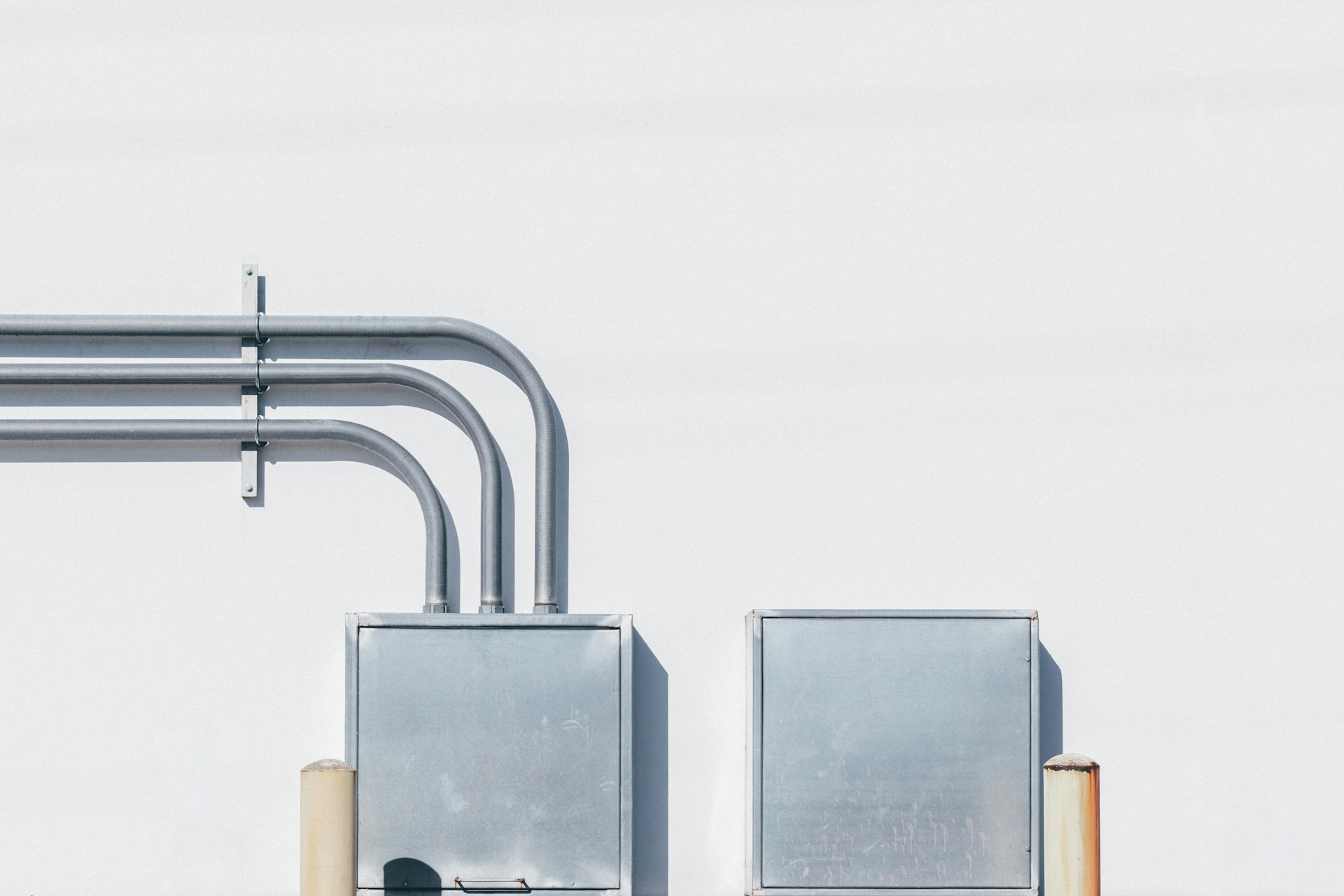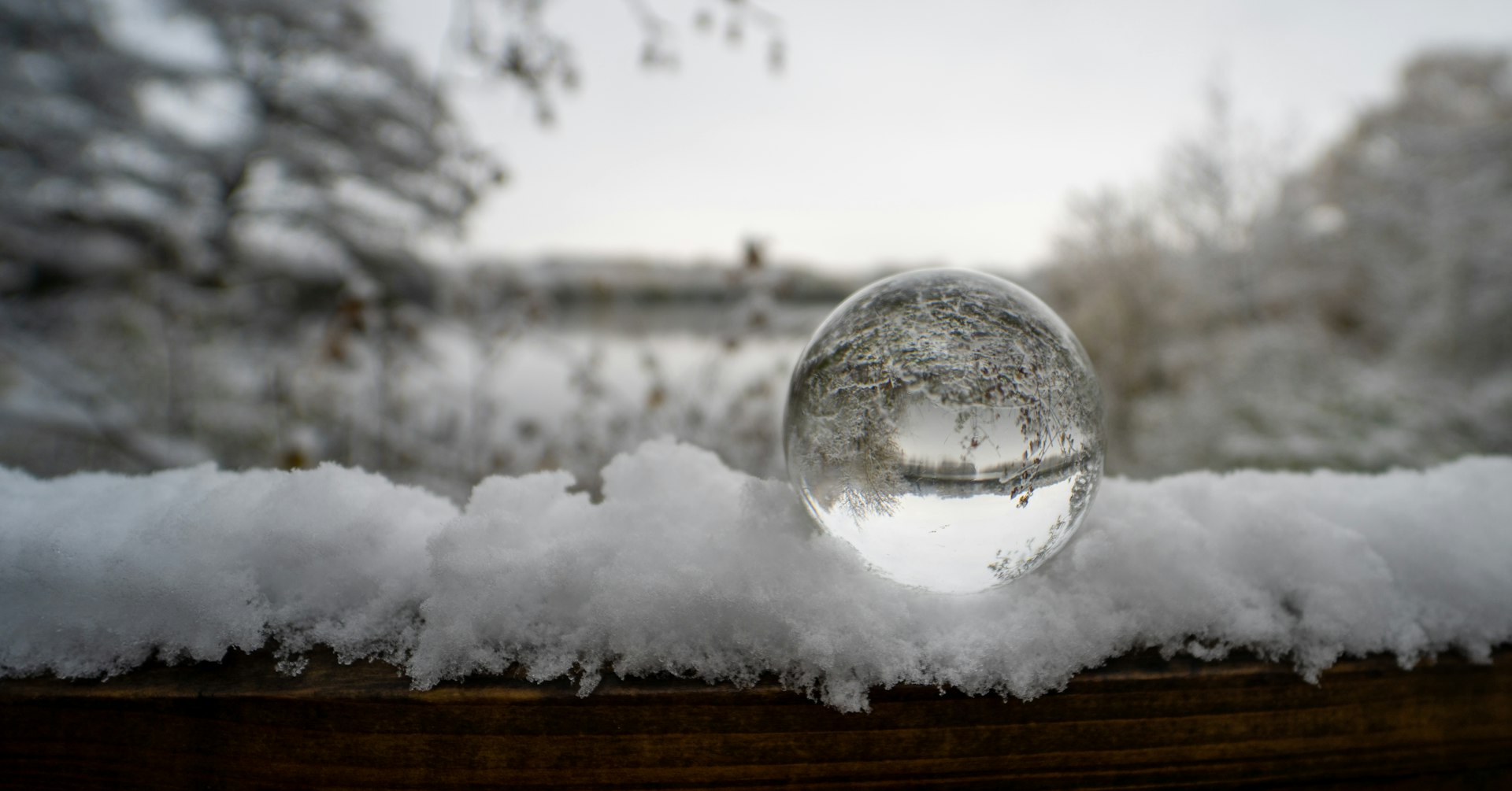DIY Powder Coating: A Comprehensive, Step-by-Step Guide for Safe and Effective Results

Photo by Max Raber on Unsplash
Introduction: Why Powder Coating?
Powder coating is a durable, long-lasting, and eco-friendly alternative to traditional wet paint. It is commonly used for automotive parts, metal furniture, home projects, and industrial components. Unlike liquid paints, powder coating involves applying a dry powder that is then cured with heat, creating a robust finish that resists chipping, scratching, and fading. While professional shops offer this service, many DIY enthusiasts opt to set up their own powder coating process at home for cost savings and customization opportunities.
Safety First: Essential Precautions
Before starting any powder coating project, prioritize safety. The materials and equipment involved present risks, including airborne particulates, electrical hazards, and possible fire or explosion if not handled correctly. Always operate with the mindset that safety is your top priority. Wear personal protective equipment (PPE) such as a respirator, safety glasses, chemical-resistant gloves, long-sleeve clothing, and non-slip shoes to reduce exposure to powder dust and prevent injuries. A full-face shield and flame-resistant clothing are highly recommended for larger jobs or when working with high-voltage equipment [1] [2] [3] .
Ensure your workspace is well-ventilated, using exhaust systems or adequate airflow to prevent powder buildup and reduce inhalation risks. Always ground all metal parts and equipment to prevent static discharge, which can ignite powder in the air [1] .
Gathering Equipment and Supplies
To start powder coating at home, you need several key items:
- Powder coating gun : Electrostatic spray guns are available in DIY-friendly kits from reputable suppliers.
- Air compressor : Delivers air to the gun, typically 10-15 PSI for most small projects.
- Powder coating powders : Available in a range of colors and finishes, sourced from established brands.
- Oven for curing : Use a dedicated electric oven (never reuse a food oven for safety reasons).
- Personal protective equipment (PPE) : As described above.
- Cleaning and prep supplies : Degreasers, sandpaper or blasting equipment, and lint-free cloths for surface preparation.
- Masking tapes and plugs : Heat-resistant materials for masking parts not to be coated.
- Thermometer or infrared temperature gun : For monitoring curing temperatures [4] .
Quality and safety of your equipment directly affect end results and safe operation. Review manufacturer instructions and perform regular equipment maintenance [3] .
Step-by-Step: The DIY Powder Coating Process
1. Surface Preparation
Proper surface preparation is crucial for a high-quality, long-lasting powder coat. Begin by cleaning the item with a degreaser to remove oil, dirt, and grease. For best results, use abrasive blasting (sand or soda) to eliminate rust or old coatings, then wipe down with a lint-free cloth. Ensure the object is completely dry before proceeding. Any residual moisture, oil, or dust can result in poor adhesion and finish defects.
2. Masking and Hanging
Mask off any areas that should not be coated using heat-resistant tape and silicone plugs. Hang the part using clean metal hooks or wires; this allows for even coverage and ensures proper grounding, which is essential for powder attraction and safety.
3. Applying the Powder
Fill the powder coating gun hopper with your chosen powder. Set up your part in a well-ventilated spray booth or workspace. Attach the ground wire securely to the part or hanging rack. With the air compressor set to the recommended pressure, begin spraying the powder evenly over the surface, maintaining a consistent distance (usually 6-12 inches). Use smooth, overlapping passes to avoid heavy buildup or missed spots. Over-sprayed powder can be collected and reused if kept free of contaminants.
4. Curing the Coated Part
Once coated, gently transfer the part into a preheated electric oven. Most powders cure between 350-400°F (177-204°C) for 10-20 minutes, but always follow the specific instructions provided with your powder. Monitor the temperature with an infrared gun to ensure uniform heating. Do not use a household oven for powder coating if you intend to cook food in it later, as powder residue can be toxic. After curing, allow the part to cool slowly in a dust-free area.

Photo by Vadim Bogulov on Unsplash
Troubleshooting and Finishing Touches
Common issues include uneven coating, orange peel texture, or poor adhesion. These are often caused by insufficient cleaning, improper grounding, or incorrect curing temperature. If defects occur, sand down the affected area, clean thoroughly, and reapply powder as needed. For complex shapes or parts requiring multiple colors, mask areas between coats and cure each color separately. Practice and patience will improve your results over time.
Disposal and Environmental Responsibility
Dispose of unused powder, contaminated overspray, and filters according to local regulations. Many powders are non-hazardous when cured but can pose risks in their raw form. Some suppliers offer recycling programs for unused powder. Always follow EPA guidelines for waste disposal and consider using powders with minimal environmental impact [3] .
Alternatives and Additional Resources
If a full-scale DIY setup is not feasible, consider:
- Using smaller, portable powder coating kits designed for hobbyists.
- Hiring a local powder coating professional for larger or critical projects.
- Exploring liquid coatings or spray paint for items that cannot be oven-cured.
For more detailed technical information, search for the National Fire Protection Association (NFPA) guidelines on powder coating, or review safety standards from the Occupational Safety and Health Administration (OSHA). Many powder suppliers publish technical bulletins and safety data sheets online.
Key Takeaways
DIY powder coating is accessible with the right preparation, commitment to safety, and the proper tools. Always prioritize PPE and ventilation, follow step-by-step procedures, and be patient while learning. The results can be professional, durable, and rewarding, whether you are restoring an old bike frame, updating furniture, or customizing automotive parts.
References
- [1] PowderCoatingOnline.com (2023). Powder Coating Safety Considerations.
- [2] NSP Coatings (2023). Powder Coating Personal Protective Equipment (PPE) Requirements.
- [3] Coast 2 Coast Powder Coating (2024). Guide to Powder Coating Safety and Compliance Standards.
- [4] Prismatic Powders (2024). Recommended Powder Coating Equipment and Supplies.



